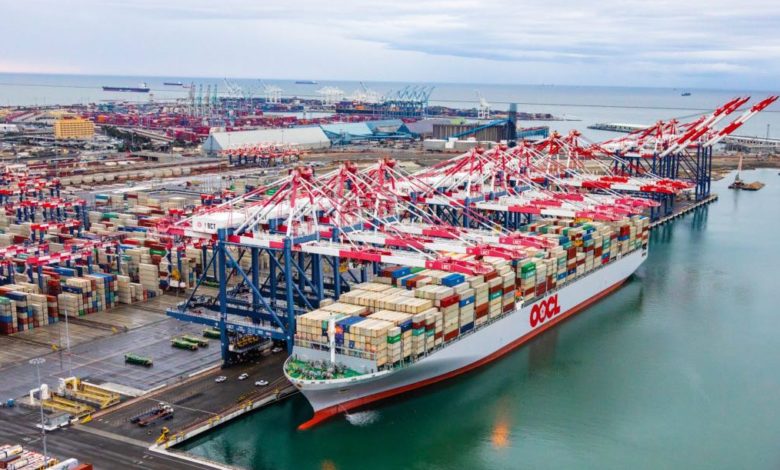When the going gets tough, the rules get tougher

Corey Bertsch from Slync.io on the supply chain rethink we will need to ponder going into 2022.
Who’s to blame for the current supply chain crisis that’s captured the hearts and minds of just about, well, everyone in 2021?
After nearly two years of a global pandemic, global supply chains still haven’t adapted to today’s never-normal operating environment. While opinions vary on the specific reasons behind the slowdown, today’s issues prove the old news mantra of “if it bleeds, it leads” holds true. Everyone from suppliers and shippers to ports, truckers, and even consumers have taken on at least some of the blame for what’s going on.
Now, with few answers and a fast-approaching holiday season, even governments are getting involved. Will more regulation drive meaningful results?
With less than 60 days until Christmas, the negative attention could get even worse as store shelves go unreplenished, Black Friday fizzles, and panicked last minute shoppers are left with a piece of coal. The reality is not a whole lot is going to change in the next 60 days. If product isn’t already on an ocean vessel (most likely from China) it’s not going to make its way under the Christmas tree.
The fragility we’re experiencing in today’s global supply chains has been decades in the making. Businesses have over-optimized their processes around a just-in-time methodology that was not prepared for the simultaneous supply chain shocks both internationally and domestically that we’ve all witnessed in the past two years.
The real question is what happens after the holidays, and into 2022 and beyond?
When regulators and politicians must intervene, it’s a good sign that the public no longer trusts the private sector’s ability to solve a problem. Yet one can’t help but hold out hope that shippers, carriers and logistics service providers can find a way to solve an issue that extends well beyond the reach of any political boundaries.
There are no easy answers. The most promising path could be finding a way to incentivize key supply chain stakeholders to change. New regulation might involve tightening some areas of liability between parties, but won’t govern capacity, equipment or inventory. But there’s also a chance that the introduction of new mandates could lead to resistance or even force some businesses to stop operating within certain markets altogether.
As we look toward 2022, here are a few regulatory issues logisticians should keep an eye on:
- Some legislators are pushing for more regulation such as Ocean Shipping Reform Act (OSRA) 2021 to solve some of the problems we’re currently seeing. OSRA is largely driven by export and agriculture interests but if passed it could have far reaching implications beyond US exports.
- A potential infrastructure funding bill that will support investment in logistics capacity. However, the bridge between an approved infrastructure bill and the sustainable resolution of key bottlenecks could take years to resolve (if at all).
- The potential for easing regulation in certain areas, specifically tied to getting more trucks on the road, letting drivers work longer hours, or letting truck owners operate in areas with strict environmental regulations.
- Will Washington look at reducing imports on foreign chassis manufacturers? Chassis shortages are a much bigger issue than containers and flooding the market with new containers could make matters worse. In addition, parts and skilled technicians to repair damaged chassis are also in short supply.
The silver lining here is that the spotlight is now clearly on global supply chains, and while it unfortunately took a crisis to get here, more people are interested in solving these fundamental problems that have long gone unaddressed. It’s time to rethink how and where we build, how we consume, what to expect in terms of access to certain products, and the complex processes that enable these massive ecosystems to run smoothly, efficiently, and at the best possible cost.

There is no mention of rail’s potential to resolve some of the issues currently gripping national and international supply chains. There is a lot more rail could and should do to move more container traffic but at times seems beset with negativity and to believe in more of the same as a way forward. Some fundamental re-positioning within the rail systems needs to be implemented.
One of the key issues is the excessive dependency much of the world has on traffic moving to/from China. How much “stuff” is really vital and could a significant proportion of this be re-shored.
The bankruptcy of the JIT type logistics method has been cruelly exposed and it has buckled under compound shocks.